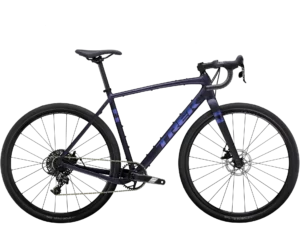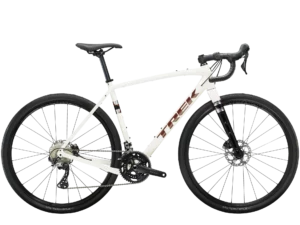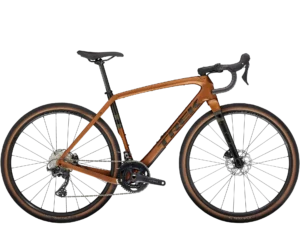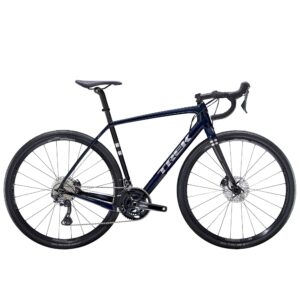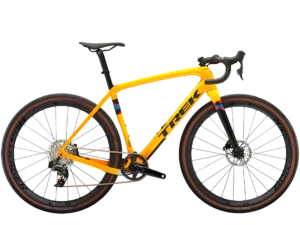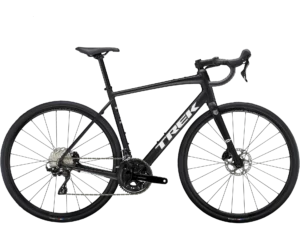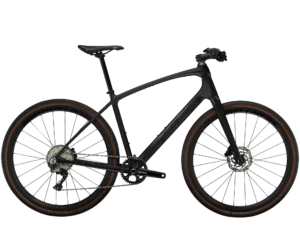

From Barn to World Stage: The Trek Bicycle Story
Trek Bikes, a name synonymous with innovation and quality in the cycling world, boasts a humble beginning. Founded in 1976 by two cycling enthusiasts, Richard “Dick” Burke and Bevil Hogg, Trek emerged from a red barn in Waterloo, Wisconsin. Fueled by a passion for cycling and a desire for better bikes, Burke and Hogg started crafting steel touring frames. Their meticulous craftsmanship and commitment to high-quality materials quickly garnered a loyal following.
The early 1980s saw Trek expand beyond touring bikes. They introduced their successful “Pro” series of steel road racing bikes, catering to the growing demand for performance machines. Recognizing the burgeoning mountain bike scene, Trek built their first mountain bike, the 850, in 1983. This pioneering design, with its lightweight frame and innovative components, solidified their position as a major player in the cycling industry.
Throughout the years, Trek embraced new technologies and partnered with top athletes. They were among the first to adopt carbon fiber frames, creating lighter and stiffer bikes for peak performance. Wind tunnel testing allowed them to design aerodynamic road bikes used by Tour de France champions. Trek never forgot recreational riders, offering a diverse range of comfortable and well-equipped models.
Today, Trek stands as a global leader in cycling. They offer a wide range of bikes, from lightweight road machines to comfortable cruisers and innovative e-bikes. Their commitment to quality, performance, and rider experience is unwavering. From a two-man operation in a barn to a global cycling powerhouse, Trek’s journey is one of passion, innovation, and a dedication to making cycling accessible and enjoyable for everyone.

 Free Return 30 Days after Purchase
Free Return 30 Days after Purchase Pay Securely
Pay Securely

